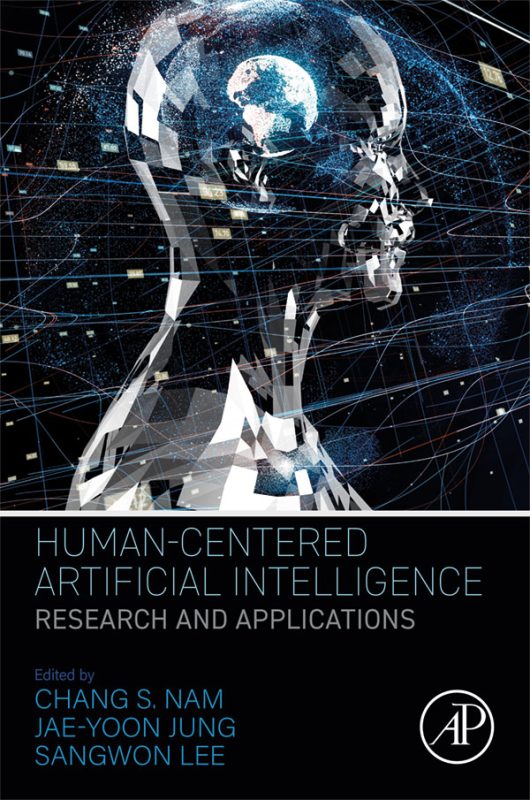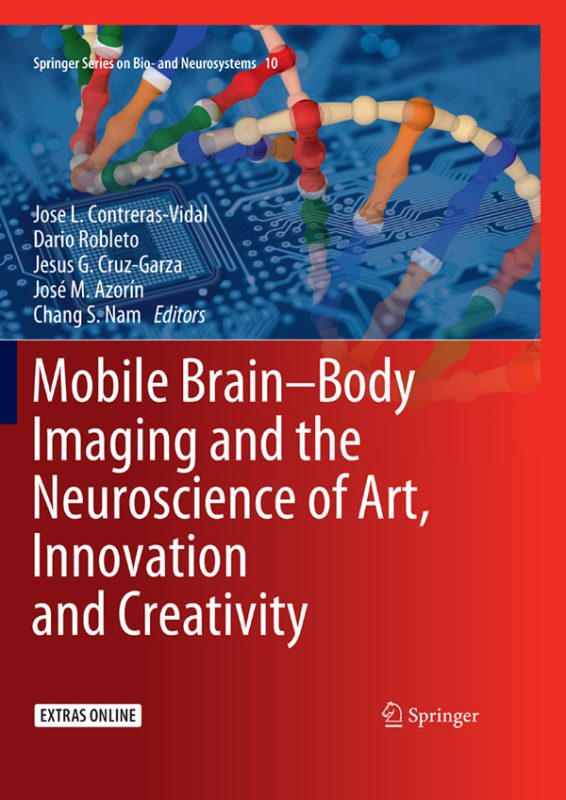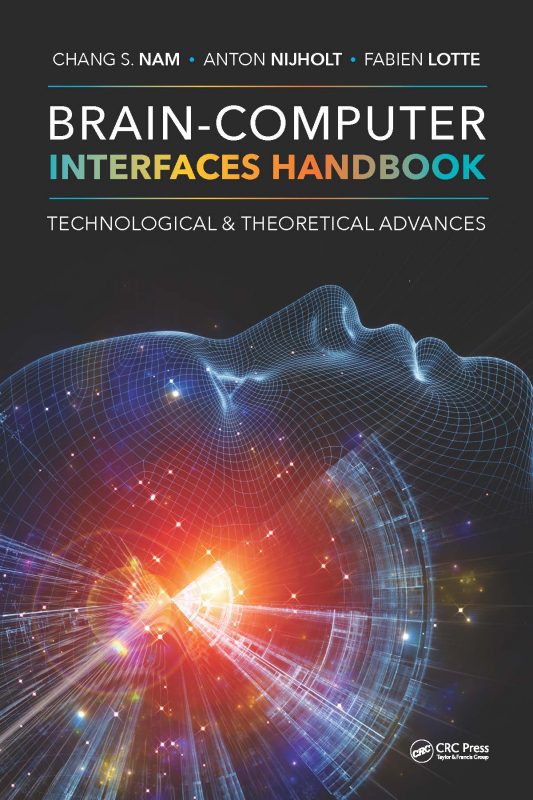Edited Books | Brain-Computer Interface and Neuroergonomics Lab | NC State ISE
Edited Books
Human-Centered Artificial Intelligence: Research and Applications (2022)
This book begins with addressing the question: Are AI models explainable, interpretable, and understandable? Next, readers are introduced to the design and development process including mind perception and human interfaces and to various applications of HCAI including human–robot interaction, ethics in human–AI interaction, and decision-making.
Key features include:
- Reviews extensive research on HCAI technologies
- Provides different methods and techniques used to investigate human–AI interaction
- Discusses the open questions and challenges in trust within HCAI
- Explores how HCAI changes and operates in human–machine interaction
Neuroergonomics: Principles and Practices (2020)

Nam, C. S. (Ed.)
This book sums up key research findings, and theoretical and technological advances having a direct bearing on neuroergonomics. Neuroergonomics is an emerging area whose Neuroergonomics is an emerging area that is collectively defined as the study of human brain function and behavior in relation to behavioral performance in natural environments and everyday settings. It helps readers to understand neural mechanisms of human cognition in the context of human interaction with complex systems, as well as understanding the change of perception, decision-making and training in humans. The authors give new insights into augmenting human performance, reflecting upon the opportunities provided through neuroergonomics research and development.
Trust in Human-Robot Interaction: Research and Applications (2020)

Nam, C. S., and Lyons, J. (Eds.)
This book presents the theory, fundamentals, techniques, and diverse applications of the behavioral, cognitive, and neural mechanisms of trust in human-robot interaction, covering topics such as individual differences, transparency, communication, physical design, privacy, and ethics.
Key features include:
- Presents a repository of the open questions and challenges in trust in HRI
- Includes contributions from many disciplines participating in HRI research—psychology, neuroscience, sociology, engineering, and computer science
- Examines human information processing as a foundation for understanding HRI
- Details the methods and techniques used to test and quantify trust in HRI
Mobile Brain-Body Imaging and the Neuroscience of Art, Innovation and Creativity (2019)
This book addresses a set of universal and timeless questions with a profound impact on the human condition:
- How do the creative arts and aesthetic experiences engage the brain and mind and promote innovation?
- How do arts–science collaborations employ aesthetics as a means of problem-solving and thereby create meaning?
- How can the creative arts and neuroscience advance understanding of individuality and social cognition, improve health and promote life-long learning?
- How are neurotechnologies changing science and artistic expression?
- How are the arts and citizen science innovating neuroscience studies, informal learning and outreach in the public sphere?
Brain-Computer Interfaces Handbook: Technological and Theoretical Advances (2018)
This handbook, which consists of 38 chapters including five chapters regarding human factors, design, and evaluation in BCI, details clinical, therapeutic and human-computer interfaces applications of BCI and various aspects of human cognition and behavior such as perception, affect, and action. It overviews the different methods and techniques used in acquiring and pre-processing brain signals, extracting features, and classifying users’ mental states and intentions.



